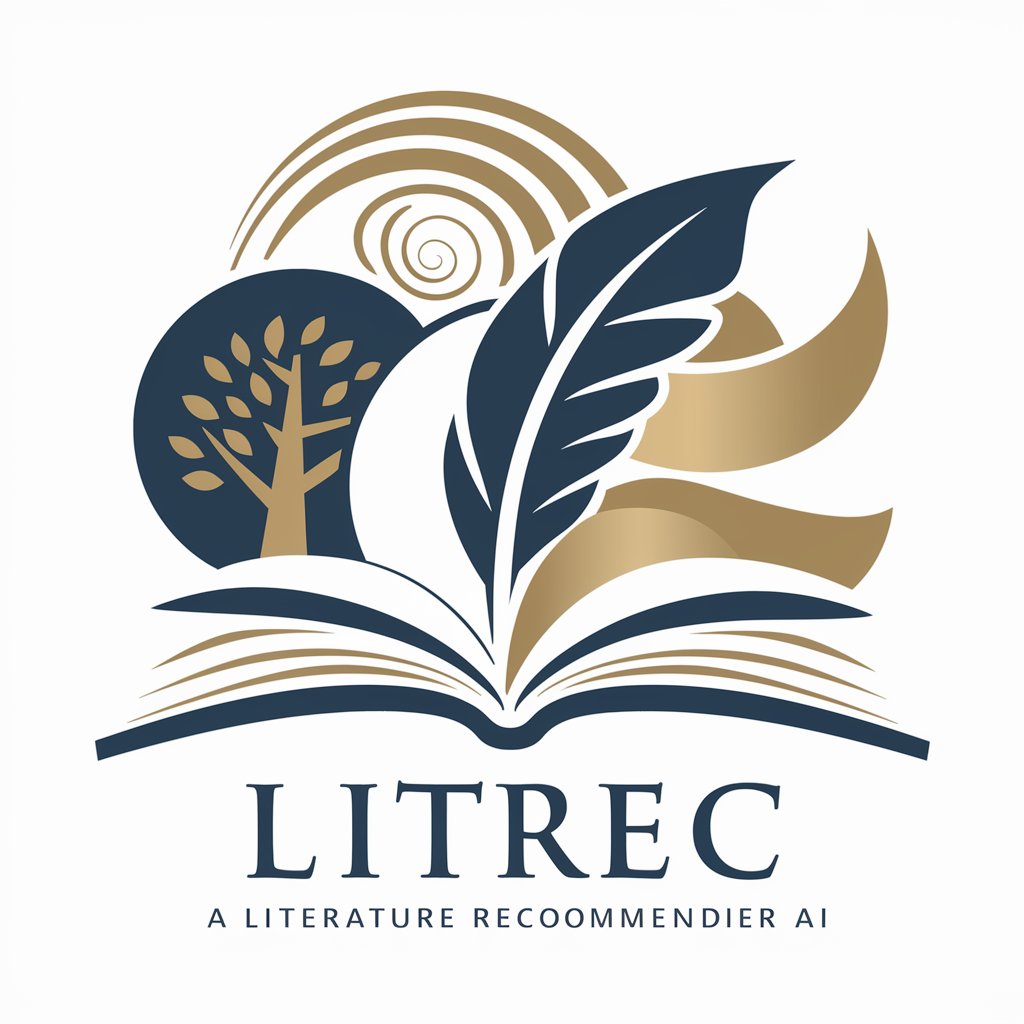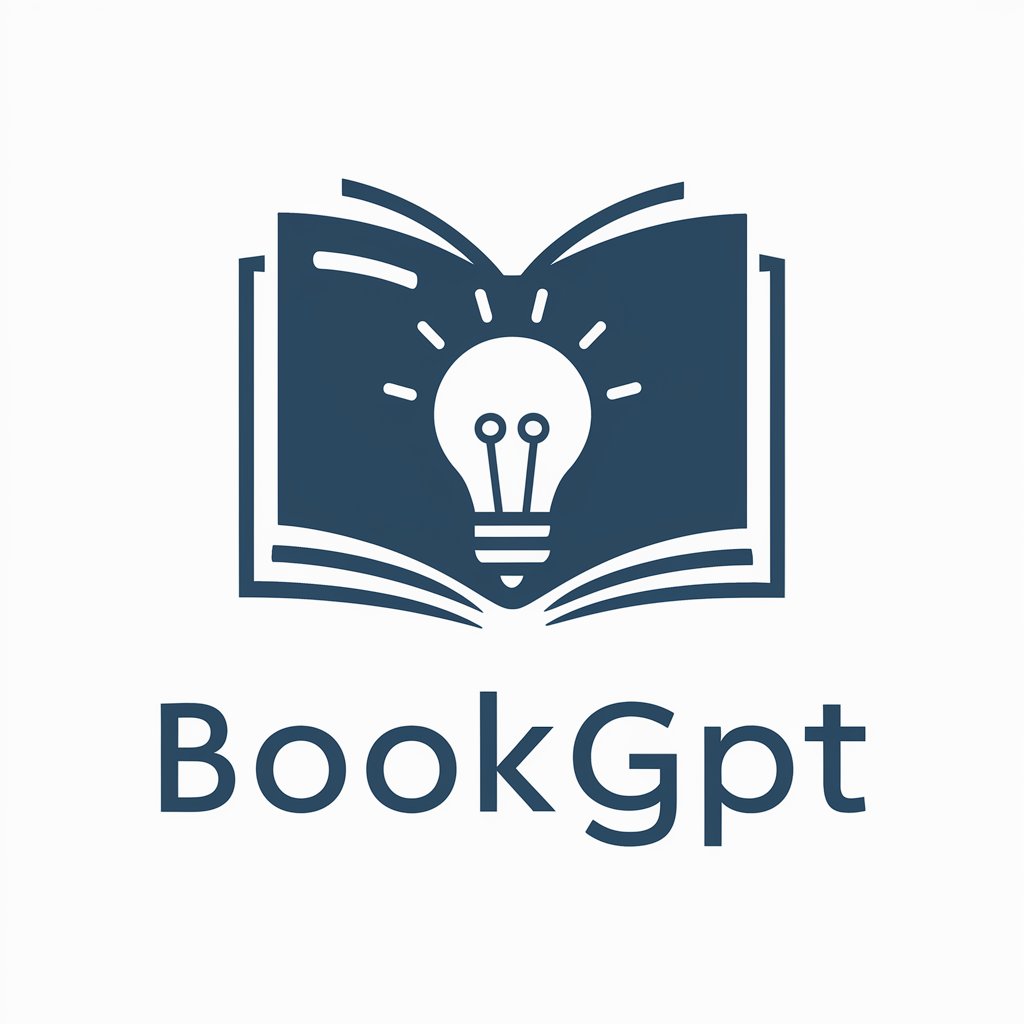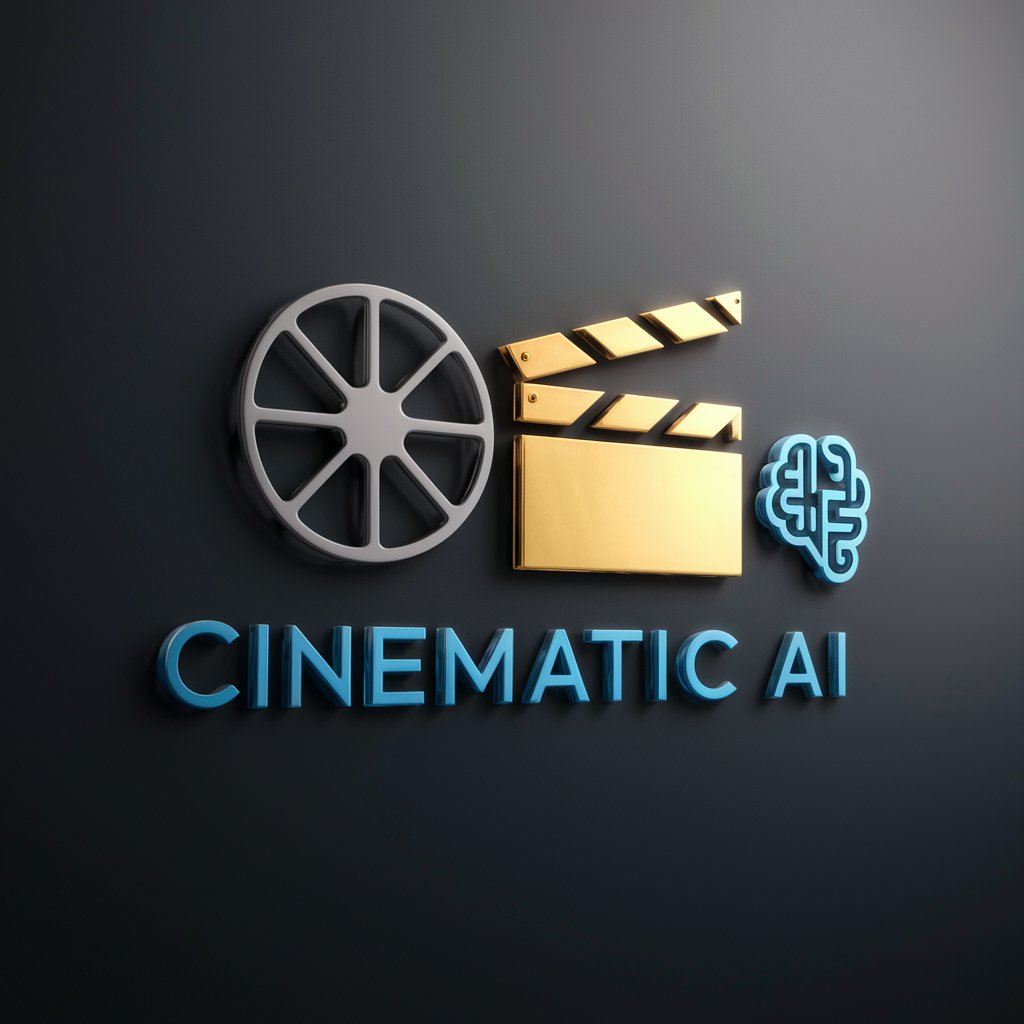
Python-Powered Recommendation Revolution - Python-Driven AI Recommendations
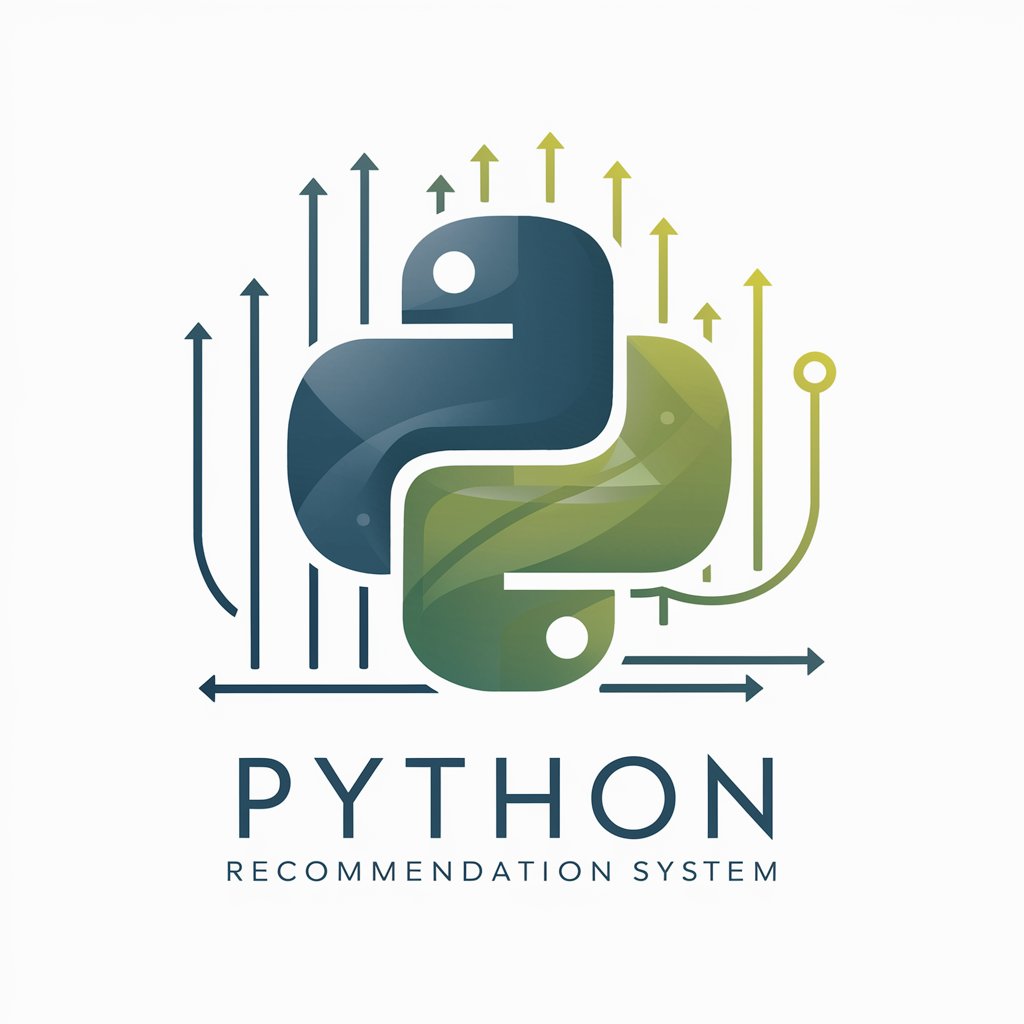
Welcome! Let's build intelligent recommendations.
Empowering Decisions with AI-Powered Recommendations
Design a machine learning model for...
How do I preprocess data for...
What's the best algorithm for...
Can you help me implement...
Get Embed Code
Introduction to Python-Powered Recommendation Revolution
Python-Powered Recommendation Revolution is a highly specialized system designed to leverage Python's extensive capabilities in data processing, machine learning, and algorithm development to build sophisticated recommendation systems. The core purpose of this system is to provide accurate, efficient, and scalable recommendations by employing a variety of techniques, including collaborative filtering, content-based filtering, and hybrid methods. It utilizes Python's rich ecosystem, notably libraries like Pandas for data manipulation and Scikit-learn for implementing machine learning algorithms. Examples of its application include recommending products to users on an e-commerce platform by analyzing their past purchasing behavior, suggesting movies or music based on preferences, or even recommending personalized content on social media platforms. Powered by ChatGPT-4o。

Main Functions of Python-Powered Recommendation Revolution
Data Preprocessing
Example
Using Pandas to clean, normalize, and transform data into a suitable format for analysis.
Scenario
Before building a recommendation model for a book recommendation system, data regarding user ratings, book metadata, and user demographics is collected and preprocessed to ensure consistency and relevance.
Feature Selection and Engineering
Example
Applying techniques to select the most relevant features that contribute to the accuracy of recommendations.
Scenario
In a movie recommendation system, features such as genre, director, and user ratings are analyzed to determine their impact on users' preferences, enabling the system to make more accurate predictions.
Collaborative Filtering
Example
Implementing memory-based and model-based collaborative filtering algorithms to recommend items by finding similar users or items.
Scenario
For a music streaming service, collaborative filtering is used to suggest songs to users by identifying patterns in the listening habits of similar users.
Content-Based Filtering
Example
Creating profiles for items based on their features and recommending items similar to what the user likes.
Scenario
An online news platform utilizes content-based filtering to recommend articles to readers based on the content of articles they have previously read and engaged with.
Hybrid Recommendation Systems
Example
Combining collaborative and content-based filtering to leverage the strengths of both methods.
Scenario
An e-commerce website implements a hybrid system to recommend products by considering both the behavior of similar users (collaborative filtering) and the characteristics of the products (content-based filtering).
Ideal Users of Python-Powered Recommendation Revolution Services
E-commerce Platforms
Online retailers can use these services to enhance customer experience by providing personalized product recommendations, leading to increased sales and customer loyalty.
Streaming Services
Music, movie, and video streaming platforms can benefit by offering personalized content suggestions, improving user engagement and satisfaction.
Social Media Platforms
Platforms can use recommendation systems to curate personalized feeds, making content discovery more relevant and engaging for users.
Content Providers
Publishers and news outlets can use these systems to recommend articles, papers, and other content to their readers, increasing readership and time spent on site.
Research and Development Teams
Teams looking to develop or enhance their own recommendation systems can leverage the advanced capabilities and insights offered by Python-Powered Recommendation Revolution for cutting-edge solutions.

How to Utilize Python-Powered Recommendation Revolution
Start Your Journey
Visit yeschat.ai to access a free trial of the Python-Powered Recommendation Revolution without the need for a login or ChatGPT Plus subscription.
Prepare Your Data
Ensure your dataset is ready for analysis. This includes gathering, cleaning, and structuring your data. Common formats include CSV or Excel files for easy processing.
Define Your Goals
Clarify what you aim to achieve with the recommendation system. Whether it's enhancing user experience, increasing sales, or providing personalized content, having a clear objective will guide your implementation strategy.
Implement the System
Utilize Python libraries such as Pandas for data manipulation and Scikit-learn for applying machine learning models. Focus on algorithms suitable for your goals, like collaborative filtering for user-item recommendations or content-based filtering for item similarity.
Evaluate and Iterate
Test the performance of your recommendation system using metrics like precision, recall, or RMSE. Continuously refine your model based on feedback and data to improve accuracy and relevance.
Try other advanced and practical GPTs
🚀 Craft Your OS with C
Empower Your OS Development with AI
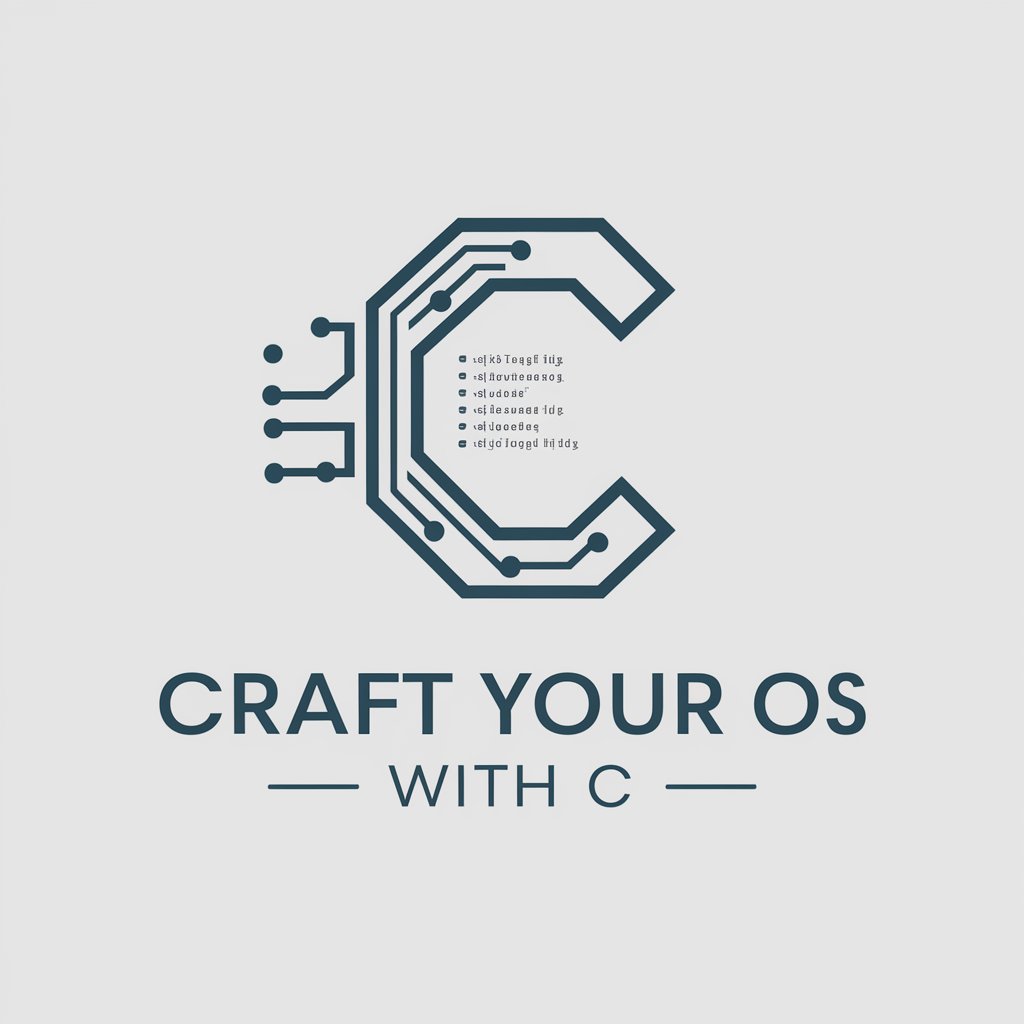
Movie time
Discover Movies You Love, Powered by AI

Movies
AI-powered, personalized movie discovery

Virtual Therapist
Empowering Emotional Wellness with AI

Movie/TV Scriptwriter Assistant
Craft compelling scripts with AI-powered guidance.

C# Documentation Mastery
Automate your C# documentation with AI

Ghostwriter - Got A Story To Tell?
Empowering Your Narrative Journey
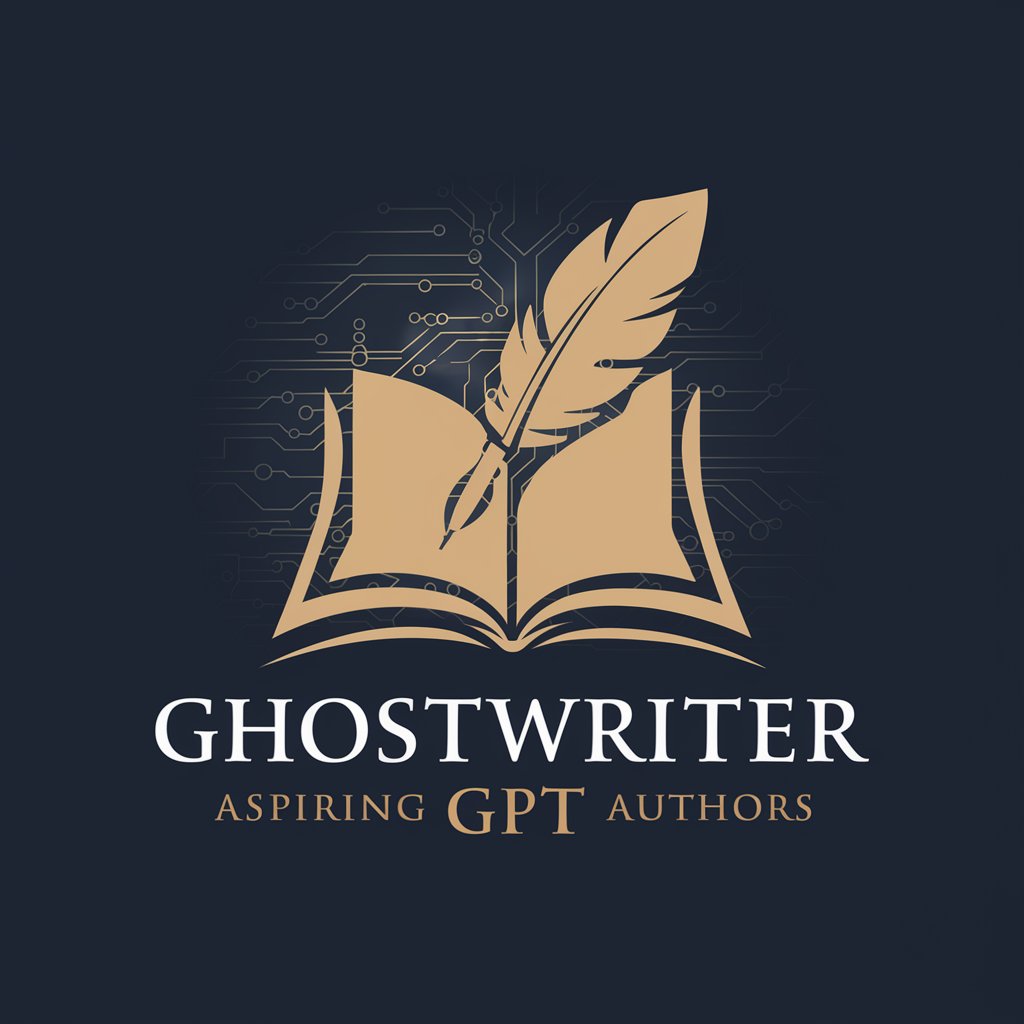
Tell Tales
Craft, Share, and Visualize Stories with AI
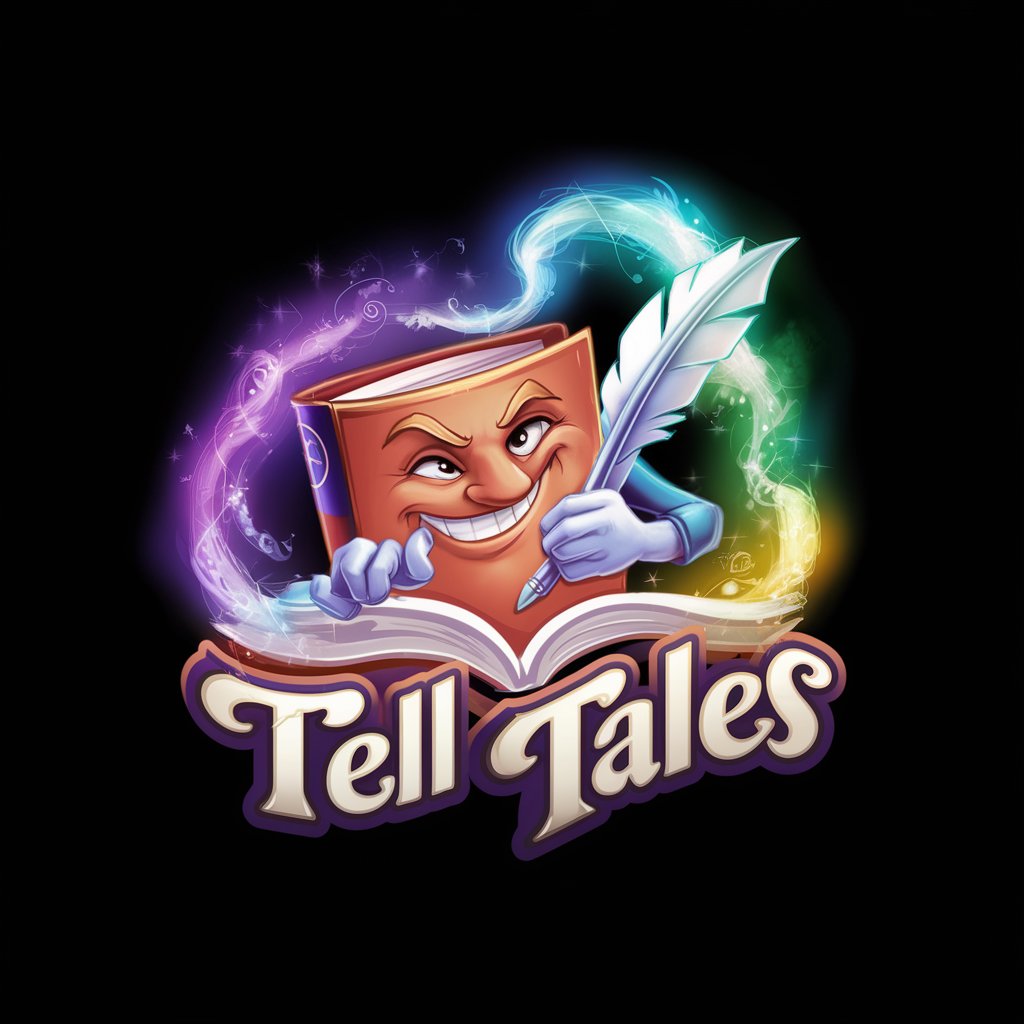
Verbum
Elevate Your Writing with AI-Powered Verb Suggestions

GUSTAV
Reviving Klimt's Legacy with AI

Committer
AI-powered GitHub integration tool

Markdown Output
Simplifying Markdown with AI

Frequently Asked Questions about Python-Powered Recommendation Revolution
What is Python-Powered Recommendation Revolution?
It's a sophisticated platform designed to help developers and data scientists create highly efficient and accurate recommendation systems using Python. It leverages the latest in machine learning algorithms and data processing techniques.
Which Python libraries does this platform commonly use?
The platform heavily relies on Pandas for data handling and preprocessing, Scikit-learn for implementing machine learning algorithms, NumPy for numerical operations, and Matplotlib for data visualization.
Can I use this tool for a small-scale project?
Absolutely. Python-Powered Recommendation Revolution is scalable and can be tailored to projects of any size, from small personal applications to large-scale enterprise solutions.
How does it handle data privacy?
Data privacy is a top priority. Users maintain full control over their data, and the platform provides guidelines and best practices for data security and privacy compliance.
Is any prior knowledge in machine learning required?
While having a foundational understanding of machine learning concepts is beneficial, the platform is designed to be accessible. It offers extensive documentation and resources to help users at all skill levels.


